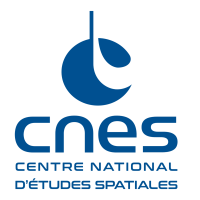Lofted into space in August aboard the Metop-SG A-1 weather satellite operated by EUMETSAT, the European operational weather satellite agency, the IASI-NG new-generation atmospheric sounding instrument developed by CNES has acquired its first data, confirming its excellent health.
The spectrum gives a snapshot of the composition of Earth’s atmosphere over Toulouse, France, where the instrument was born in the clean rooms of contractor Airbus Defence & Space.
Twice as accurate as its predecessor IASI, in service since 2006, IASI-NG is capable of sensing more than 25 atmospheric constituents like carbon dioxide (CO2), nitric acid (HNO₃), methane (CH4) and ozone (O3), thus assuring data continuity between the two missions—crucial for climate science, which requires long time-series of data to track changes.
IASI-NG will also enable extraction of more accurate vertical profiles of temperature and humidity close to Earth’s surface, a key requirement for further improving weather forecasts.
What is a spectrum and what does it look like?
An electromagnetic spectrum represents particle energy as a function of oscillation frequency (or wavelength). Such particles are emitted from a range of sources like the Sun, Earth, stars and so on. A spectrum shows visible, ultraviolet and infrared light, as well as radio waves.

François Bermudo, IASI-NG project leader at CNES, explains how the instrument works: “IASI-NG senses thermal infrared radiation emitted by Earth; imagine if our eyes could actually see heat. As this radiation passes through the atmosphere, it’s absorbed by certain molecules at very precise wavelengths, so these molecules show up as peaks and troughs in the spectrum curve. Each molecule has its own signature. The instrument is passive, as it simply observes signals coming from Earth.”
By analysing these peaks and troughs in the spectrum, we can determine the nature and quantity of molecules that light waves have passed through in the atmosphere before entering the instrument. The shape of these spectral lines tells us the molecules’ altitude and gives us a vertical profile of the atmosphere, thanks to the instrument’s excellent resolution.
- IASI-NG project leader

On 30 September, IASI-NG sent back its first complete spectrum from over Toulouse. Combined with an infrared scene acquired by its imager, this spectrum reveals the presence of many chemical compounds in the various layers of the atmosphere, including numerous gases like nitric acid (HNO3), carbon dioxide (CO2), ozone (O3), water (H2O), methane (CH4), carbon monoxide (CO) and nitrous oxide (N2O).

Refining weather prediction models
Getting such information to users within no more than two hours after acquisition will enable them, for example, to refine global and regional weather prediction models, as well as issue pollution alerts or track smoke plumes from mega-fires to anticipate their impacts on populations and human activities.
Time-series of data spanning several decades will also fuel climate models, helping research scientists to better understand Earth’s changing climate and its impacts over time.
CNES and EUMETSAT’s engineers are now working to calibrate and validate the instrument. By comparing IASI-NG’s data with those from instruments similar to IASI-NG already in orbit or with measurements from stratospheric balloons and ground stations, the goal is to ensure their reliability before distributing them to users worldwide in 2026.







